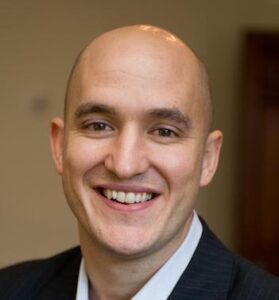Principle
Goals can be unpacked into what makes a good goal, striving processes, and the purpos-
es they satisfy.
Quote
“Goals serve as a standard with which perceptions of current or anticipated states are compared, which in turn affects some processes.”
Austin, J. T., & Vancouver, J. B. (1996). Goal constructs in psychology: Structure, process, and content. Psychological Bulletin, 120(3), 338–375.
Research Story
Two researchers from Ohio State and New York Universities studied goal theories to understand how goals work including:
What makes a good goal? (Structure)
• Importance. How attractive, intense, and relavent is this goal? What is
the anticipated result or value? How committed are you to this goal? • Difficulty. How hard is this goal really? Do you believe you can do it?
How much control do you have?
• Specificity. How specific is your goal? How do you know when you are
done? How specific is your plan to get there?
• Time range. How long will this goal take? A few seconds? Is it lifelong? • Level of consciousness. How aware are you of this goal? Is it subcon-
scious? Is it intentional? Is it voluntary? How much effort does it take? • Complexity. How many subgoals does this goal have? Is it linked to
other goals?
Processes people use in goal pursuit (Process)
• Goal Establishment. People create goals (see structure) from external,
internal, or joint sources. Owning a goal is its own process.
• Planning. Planning connects goals to action. Prior experience and skills
inform our plans. Personality influences how we plan and adjust goals. • Goal Striving and Monitoring. Goal pursuit includes feedback, error recovery, progress evaluation, and monitoring progress and emotions.
• Attainment, Revision, and Persistence Decisions. We can quit, revise, table, or persist in goal striving. What we do after we fail matters.
• Affect. Emotions realted to goal progress, attainment, interruption, obstacles, internalization, and goal conflict influence goal pursuit.
Kinds of purposes goals satisfy for people (Goal Content)
• Emotional States. (At ease, interest, happiness, pleasure)
• Cognitive. (curiosity, avoiding boredom, understanding, creativity, self • Spirituality. (unity with people, transcendence)
• Self-Assertive Social Relationships. (individuality, self-determination,
validation, superiority)
• Integrative Social Relationship. (belonging, social responsibility, equi-
ty, helping)
• Tasks. (mastery, creativity, management & order, material gain, safety)
So What – Application
If researchers for decades have come up with their own model of goals and goal pursuit, and have yet to use a standard model, then the construct itself must be quite complex with many ways to look at it.
If this is true, having a simple framework or model could be useful in our own goal pur- suits. In essence, that’s why I created Life Changing Princi- ples, to teach a simple model that helps family leaders coach themselves and their family members through personal change and development.
Change requires people to know what then want and then to verbalize or visualize it in such a way that it becomes clear what they need to do in order to get it. Then they need to have a mindset and skillset that helps them navigate the emotions, helpful and unhelp- ful thoughts, goal adjustments, and learning that takes place in all goal pursuit. That’s why Life Changing Principles exists.

Click

